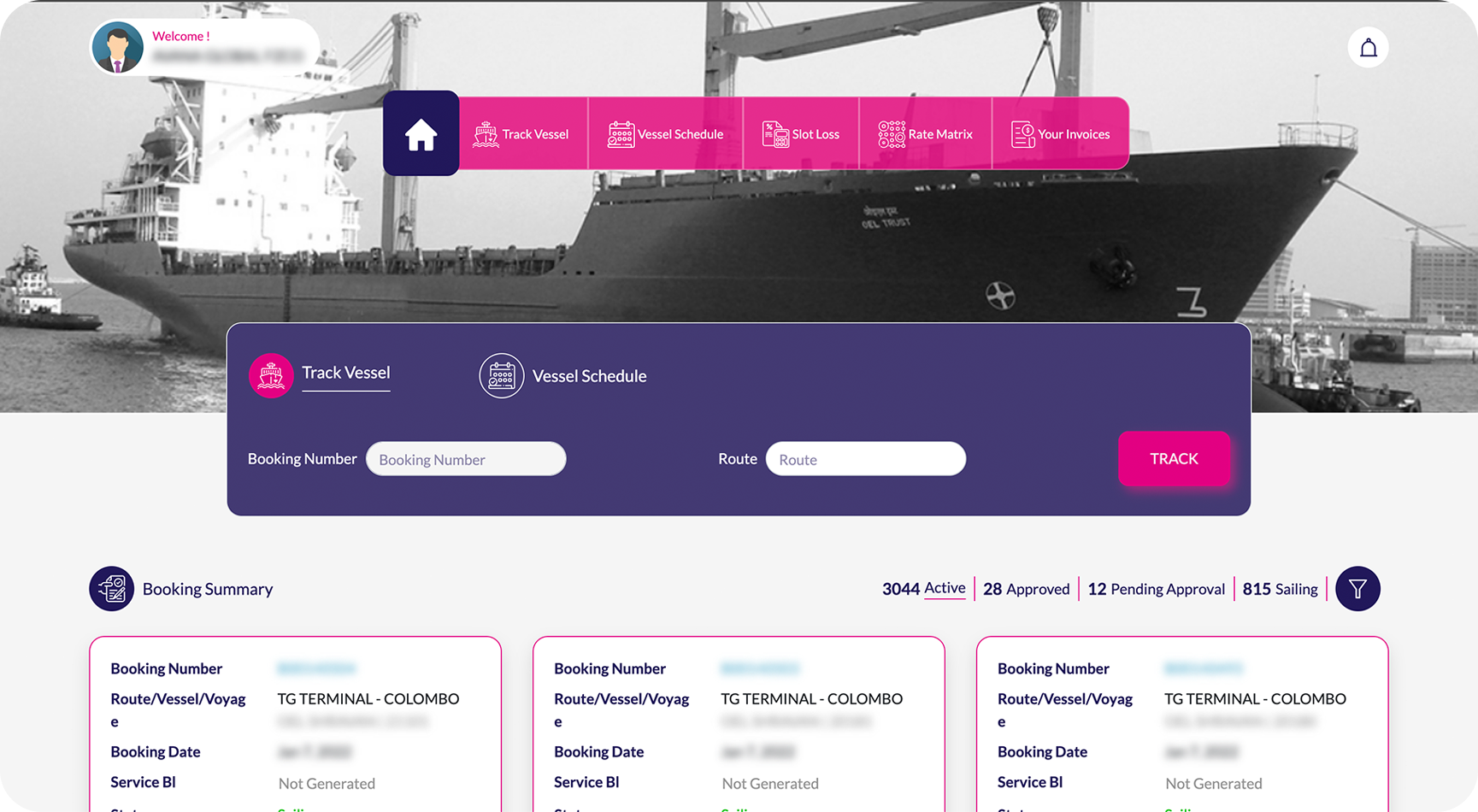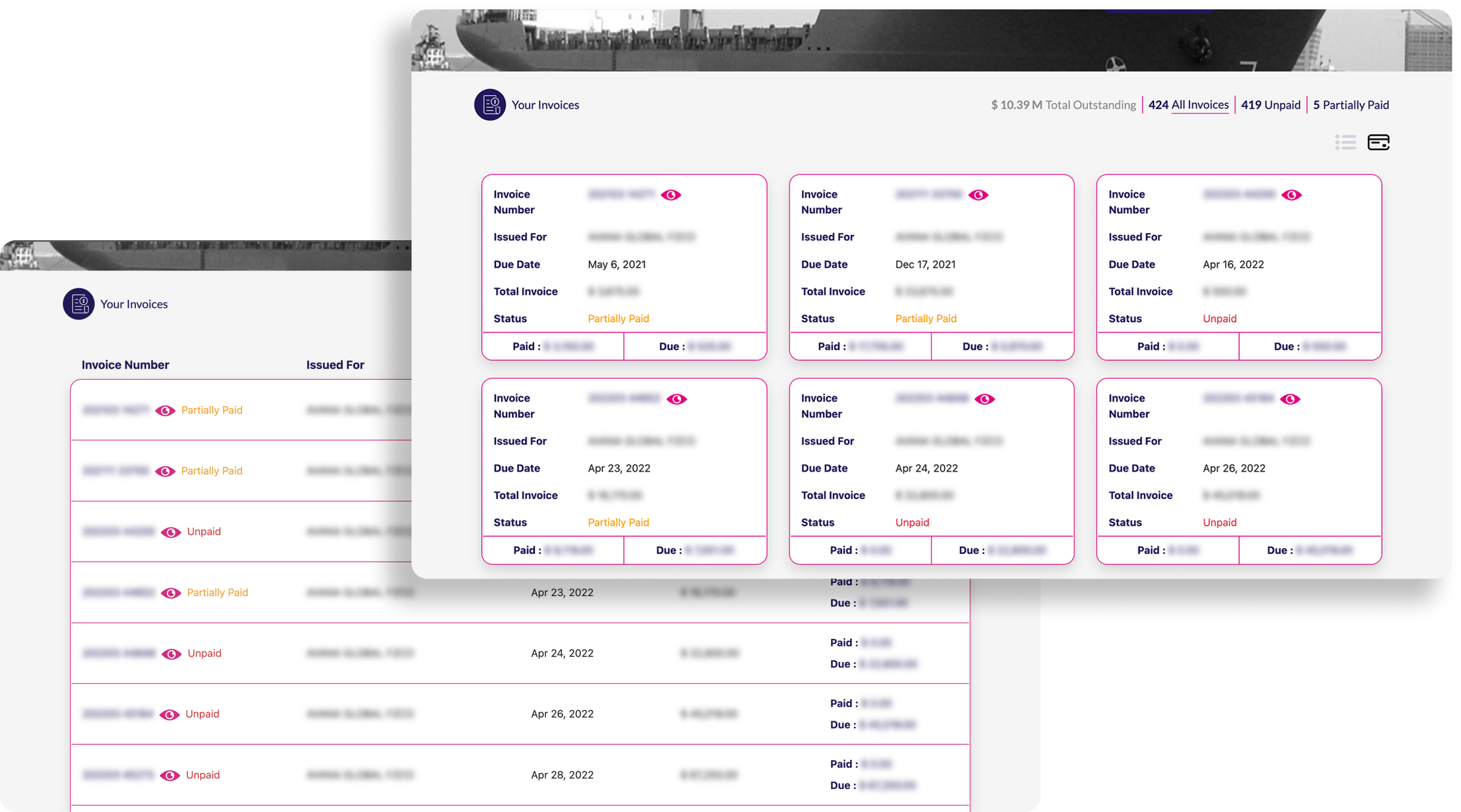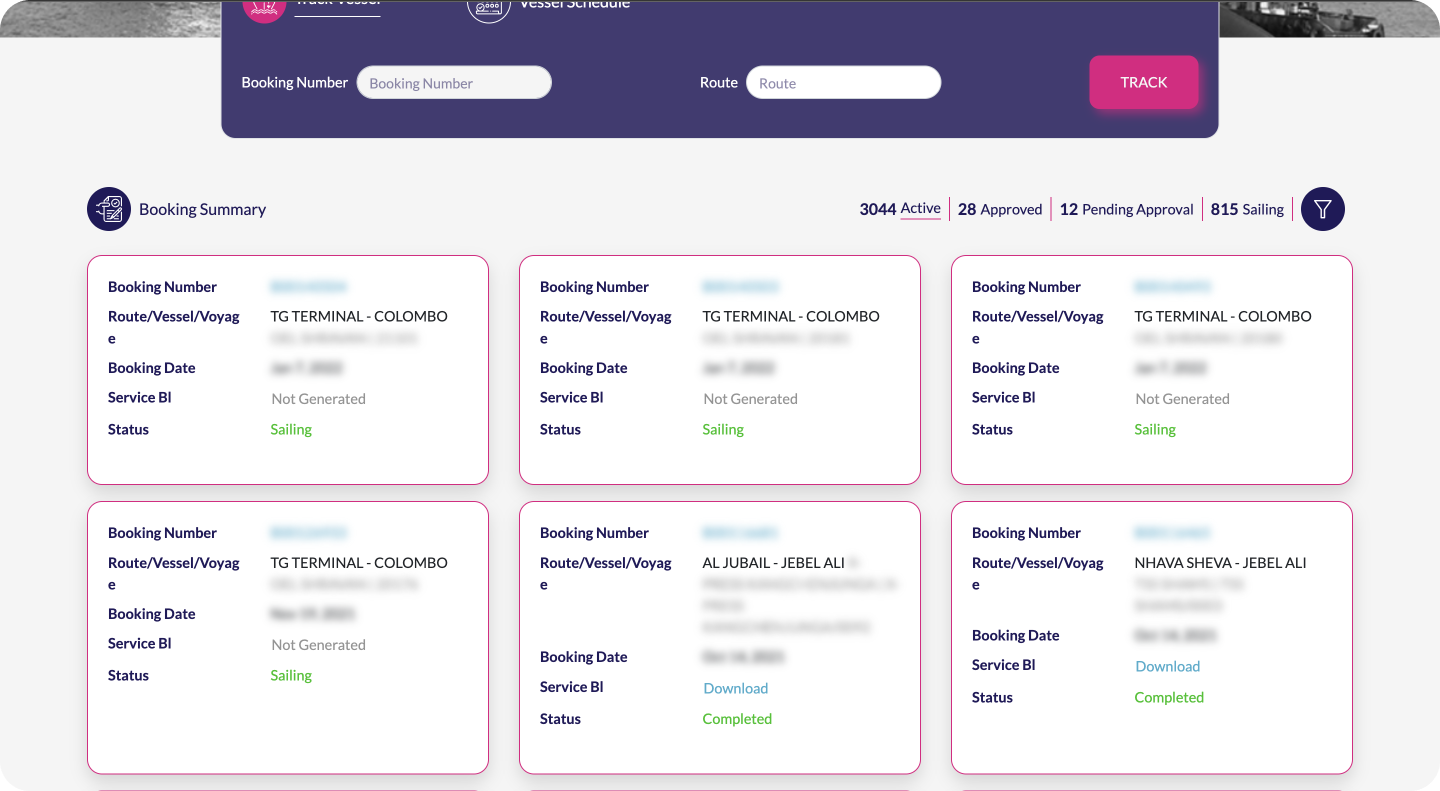They wanted users to build a platform that integrates with a custom ERP solution. The integration was supposed to be two-integration. A booking created on the platform must be sent to the ERP and the bookings created directly on ERP on behalf of the customer must be shown on the customer platform.
The synchronization between the two systems was supposed to happen at regular intervals. The status updates were also supposed to be updated on the platform in a timely manner
Email and WhatsApp notifications was yet another critical feature that the customer wanted.
The tracking information was yet another critical feature that the customer wanted and that too in real time.
Providing the option to upload documents and view documents in elegantly designed document viewer was yet another key ask.
The application was supposed to be highly-available, concurrent, reliable and fast and also, was supposed to adhere to the standards and principles of modern-day dev-ops.




